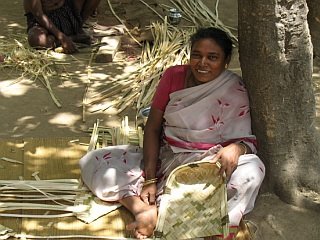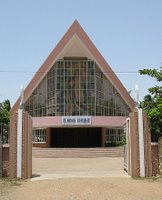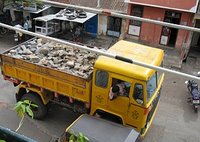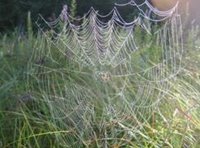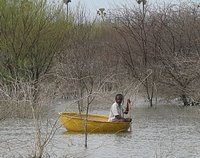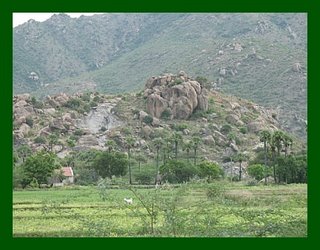
This is a favourite place of mine and one that is curiously undiscovered by most people. The samadhi is located in a large Moslem compound, which is inhabited by a family of basket weavers.
The actual name of this saint is Mahan Sajarat and the samadhi is called, The Baba Valle Durbha. Hopefully I will be able to get more information on this enigmatic and mysterious Master.
What follows is a short extract taken from the book In Days of Great Peace by Mouni Sadhu. Apart from the chapter in this book, the mystical powers of this spot have been referred to many other times and in particular by Ramana Maharshi devotees.
***********************
One day, a friend invited me to attend worship in the mosque of Tiruvannamalai. I went and was told the strange story of a North Indian Mohammedan saint, generally called Haji here. A few days before his death he said to his pupils:
When I leave my physical form, my Spirit will remain with you. Let everyone, without any difference of creed and social status, come to my grave whenever he may be in need of help. Let him express his need or wish as clearly as he would, were he facing my present visible form. I shall certainly hear his entreat and shall transmit it to the Most High, who will fulfil it for the sake of His servant .....
For me, the tomb of the Mohammedan saint proved to be one of these magnetic spots. in a few moments, after having excluded the visible words from my consciousness, I became aware of the Hajis presence. It was like that of a sweet and extremely kind person asking me what were my needs and wishes and urging me to express them frankly without any shyness or reservation .....
During the next weeks I returned several times to this silent shrine, having some entangled and difficult problems to solve. One of them seemed utterly hopeless, for its solution from the physical point of view was impossible. And yet, within three days after my last visit and request for the Hajis help, a happy and unexpected solution came of itself without intervention on my part.
